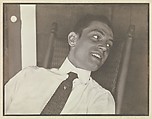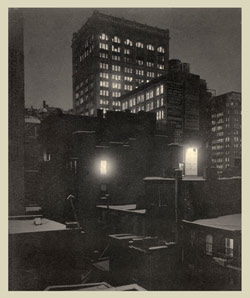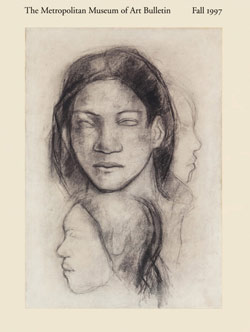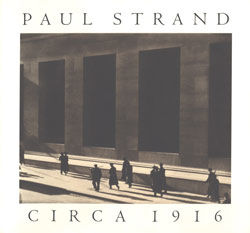Harold Greengard, Twin Lakes, Connecticut
Paul Strand American
Not on view
Less than a decade after being introduced to photography by the social reformer Lewis Hine in 1907, Strand had explored the soft-focus pictorialist style, absorbed the ideas of the European avant-garde, and developed his own boldly modern and distinctly American photographic vision.
During the summer of 1916, at the house his family rented every year in Twin Lakes, Connecticut, Strand used the porch as his studio and photographed ordinary objects borrowed from the kitchen or simply the shadows of the porch railings. Experimenting with radical camera angles and photographing at close range, he created abstractions that were elegantly poised and extraordinarily original. The same innovative spirit inspired this unique portrait of Strand's best friend, Harold Greengard, whose smart figure cuts a dynamic diagonal across a flattened field of muted, indistinct planes.
The spontaneous quality of this photograph—made a decade before the proliferation of the hand-held camera and the snapshot—testifies to Strand's skill in achieving the "living expression" he sought while revealing the natural ease between himself and his subject. The photograph also heralds the remarkable immediacy and naturalism of the candid portraits of New York street people he would make only a few months later.
Due to rights restrictions, this image cannot be enlarged, viewed at full screen, or downloaded.




